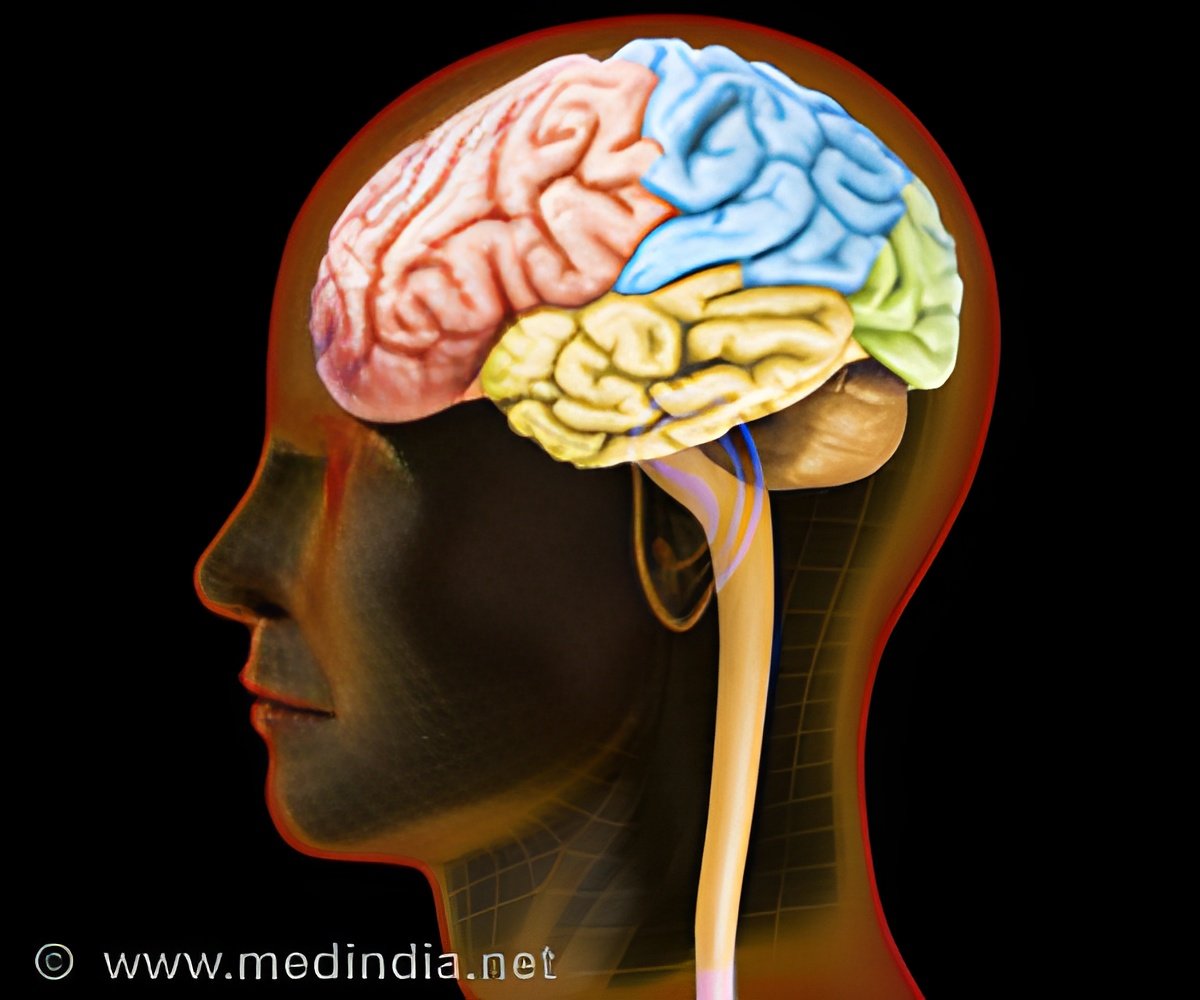Judging a person’s guilt and imposing punishment has been part of human history from thousands of years ago.

In the experiment, the brains of 30 volunteers (20 male, 10 female, average age 23 years) were imaged using functional MRI (fMRI) while they read a series of brief scenarios that described how the actions of a protagonist named John brought harm to either Steve or Mary. The scenarios depicted four different levels of harm: death, maiming, physical assault and property damage. In half of them, the harm was clearly identified as intentional and in half it was clearly identified as unintentional.
Two versions of each scenario were created: one with a factual description of the harm and the other with a graphic description. For example, in a mountain climbing scenario where John cuts Steve's rope, the factual version states, "Steve falls 100 feet to the ground below. Steve experiences significant bodily harm from the fall and he dies from his injuries shortly after impact." And the graphic version reads, "Steve plummets to the rocks below. Nearly every bone in his body is broken upon impact. Steve's screams are muffled by thick, foamy blood flowing from his mouth as he bleeds to death."
After reading each scenario the participants were asked to list how much punishment John deserved on a scale from zero (no punishment) to nine (most severe punishment the subject endorsed).
When the responses were analyzed, the researchers found that the manner in which the harmful consequences of an action are described significantly influences the level of punishment that people consider appropriate: When the harm was described in a graphic or lurid fashion then people set the punishment level higher than when it was described matter-of-factly. However, this higher punishment level only applied when the participants considered the resulting harm to be intentional. When they considered it to be unintentional, the way it was described didn't have any effect.
"What we've shown is that manipulations of gruesome language leads to harsher punishment, but only in cases where the harm was intentional; language had no effect when the harm was caused unintentionally," summarized Michael Treadway, a post-doctoral fellow at Harvard Medical School and lead author of the study.
Advertisement
"Although the underlying scientific basis of this effect wasn't known until now, the legal system recognized it a long time ago and made provisions to counteract it," said Treadway. "Judges are permitted to exclude relevant evidence from a trial if they decide that its probative value is substantially outweighed by its prejudicial nature."
Advertisement
"This is basically a reassuring finding," said Marois. "It indicates that, when the harm is not intended, we don't simply shunt aside the emotional impulse to punish. Instead, it appears that the brain down-regulates the impulse so we don't feel it as strongly. That is preferable because the urge to punish is less likely to resurface at a future date."
Source-Eurekalert








